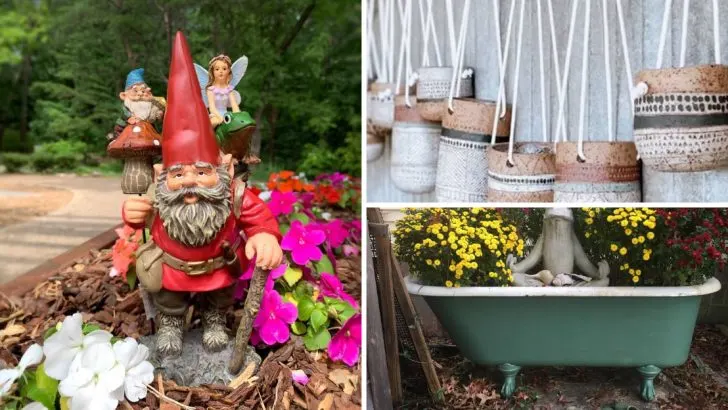The 1970s were a bold and colorful decade, and that creative flair extended to garden design. From earthy tones to playful ornaments, the ’70s garden was a blend of natural elements and unconventional décor that reflected the era’s free-spirited vibe.
Today, many of these trends are making a quiet comeback, proving that what’s old can be new – and stylish – again.
In this article, we’ll uncover thirteen unique ways people decorated their gardens in the ’70s that still hold a certain charm. Whether it’s macramé hangers or retro garden gnomes, these nostalgic touches remind us why this era of gardening was so special. Prepare to be inspired by the groovy outdoor aesthetics of the past!
Garden Gnomes
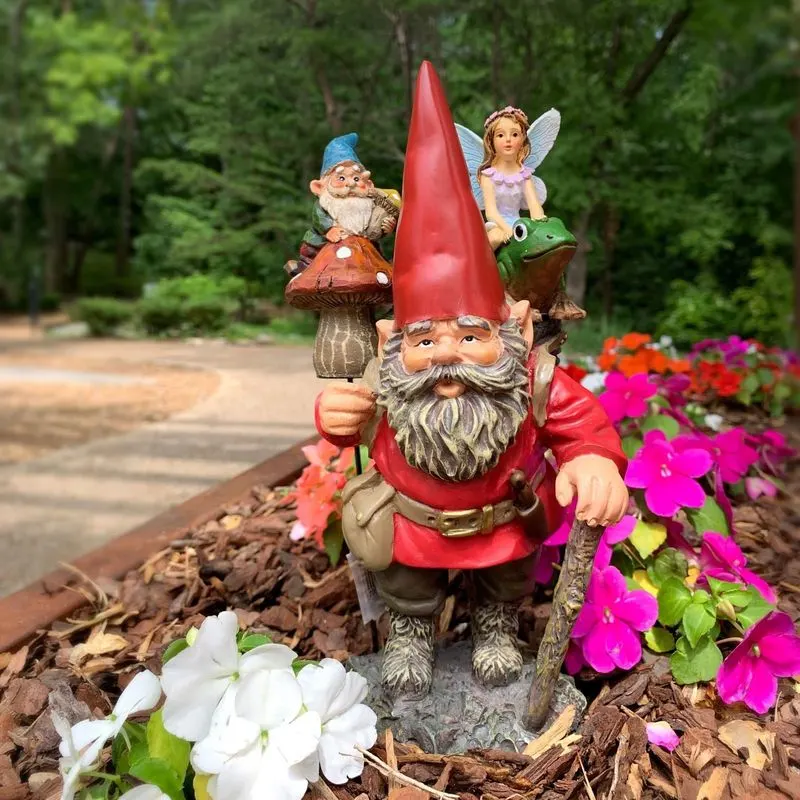
Quirky and full of character, garden gnomes became a staple in 1970s gardens. These delightful figures added a touch of whimsy and charm to any outdoor space. Often placed strategically among flower beds, they seemed to watch over the garden with a knowing gaze.
These playful figures weren’t just decorations; they brought stories and magic to life. Today, their nostalgic appeal endures, reminding us of a time when gardens were not just about plants, but about creating a world of wonder.
Hanging Macramé Planters
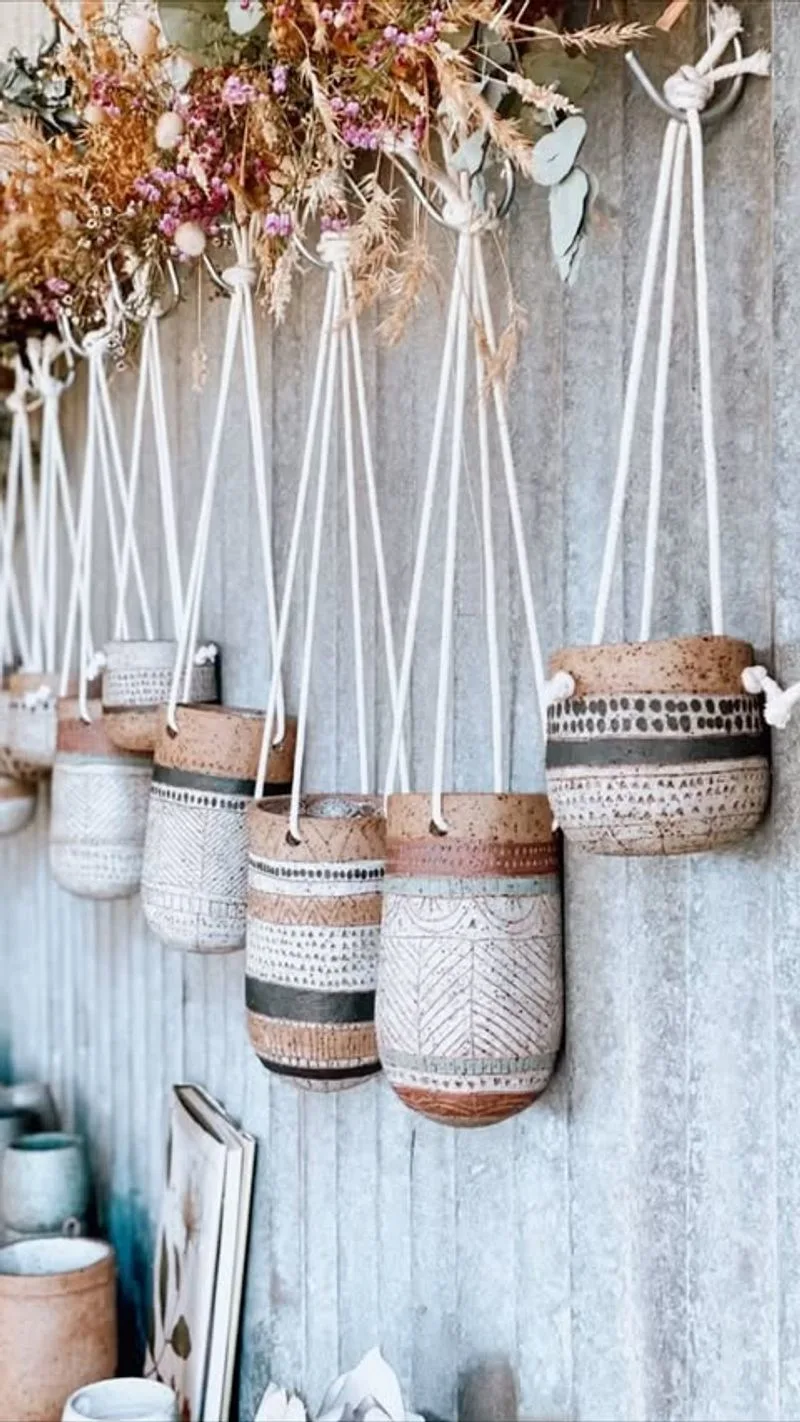
Macramé planters were a quintessential part of ’70s garden decor, showcasing the era’s love for handcrafted artistry. These woven hangers allowed plants to dangle elegantly, adding vertical interest to gardens and patios.
The intricate knots and patterns were not only functional but also artistic expressions, each piece telling a unique story. Suspended from porches or tree branches, they brought greenery to eye level, inviting nature closer to home. The revival of macramé today speaks to its timeless appeal and the desire to connect craft with nature.
Repurposed Bathtubs as Planters
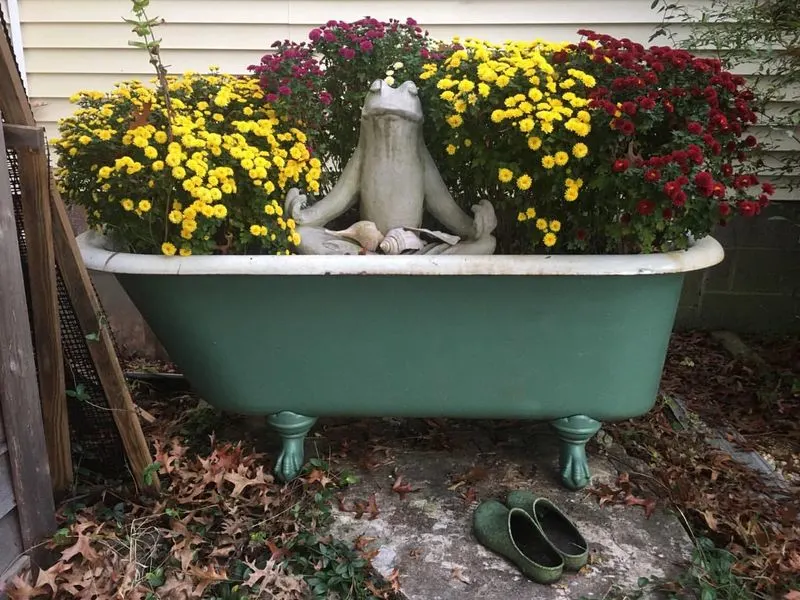
Repurposing old bathtubs as planters was a creative trend that allowed gardeners to think outside the box. These vintage tubs, often claw-footed and full of character, transformed into stunning garden centerpieces. Overflowing with colorful blooms and trailing vines, they added a touch of rustic elegance to outdoor spaces.
Beyond aesthetics, they offered practicality, providing ample space for plants to thrive. This imaginative reuse of everyday items reflected the ’70s spirit of innovation and sustainability, a legacy that continues to inspire eco-friendly garden solutions.
Brightly Colored Flower Beds
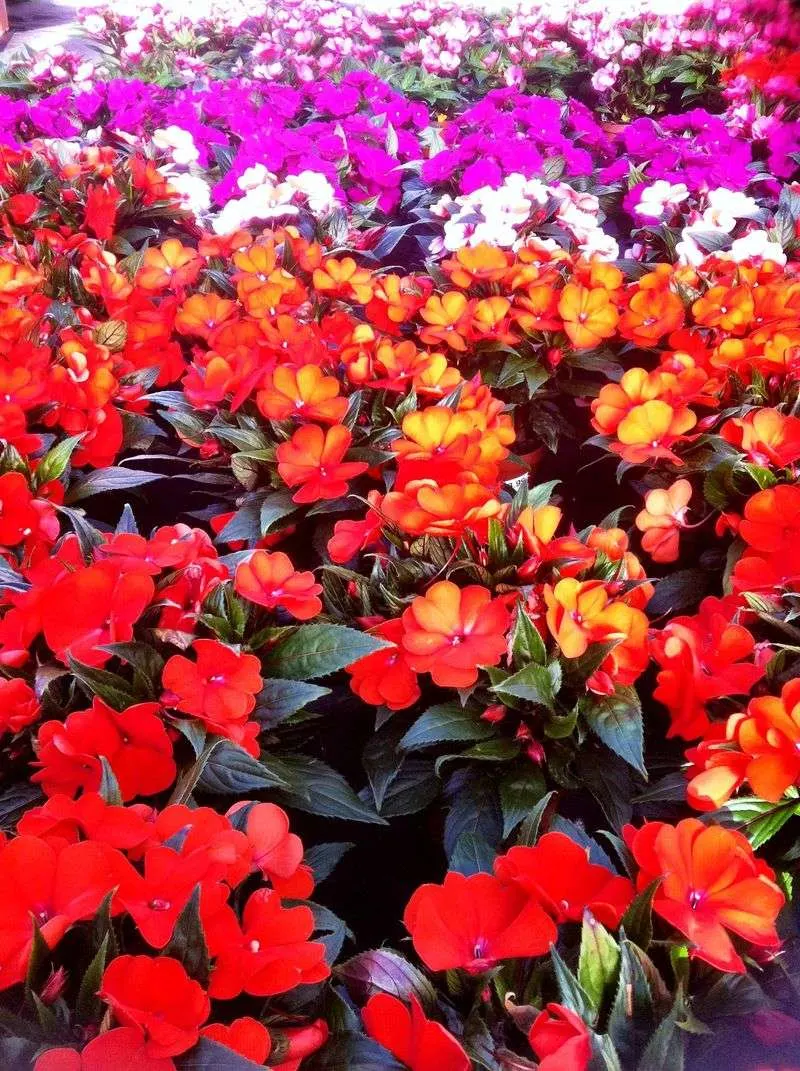
In the ’70s, gardens burst with color, reflecting the era’s vibrant aesthetic. Brightly colored flower beds were meticulously arranged to create eye-catching displays. Marigolds, petunias, and daisies were popular choices, their hues complementing each other in harmonious designs. These gardens were not just about visual appeal; they were about evoking emotions and creating joyful experiences.
The vivid colors symbolized freedom and expression, turning ordinary gardens into dynamic tapestries of life. Even today, the allure of a colorful garden remains, capturing hearts with every bloom.
Decorative Wind Chimes
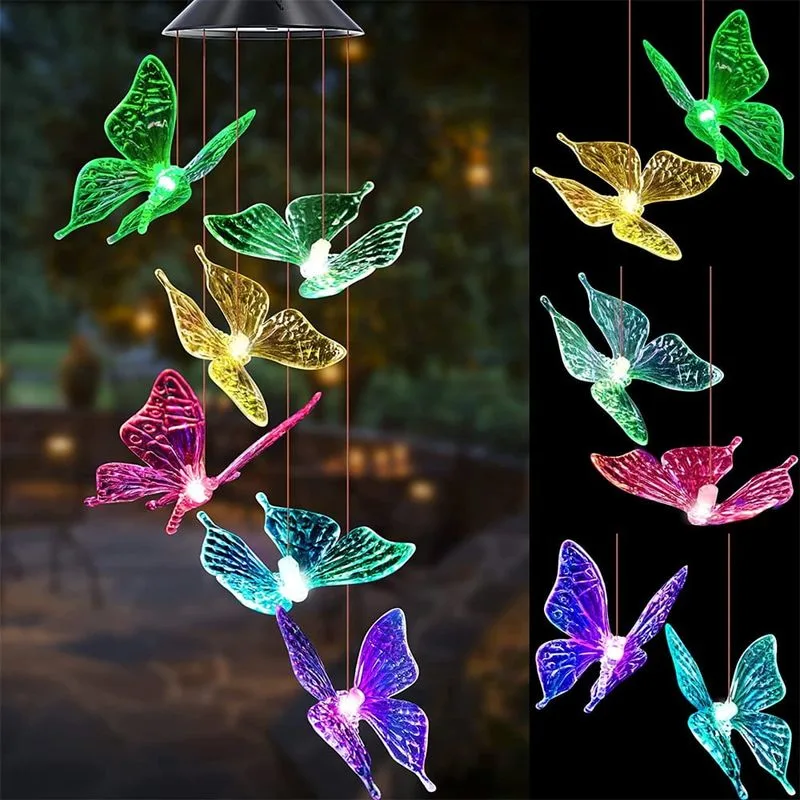
Wind chimes added an auditory dimension to garden decor in the ’70s, creating soothing melodies with every breeze. Made from metal, wood, or ceramic, they varied in design, each producing its unique sound. Suspended from trees or pergolas, these chimes transformed gardens into serene sanctuaries.
The gentle tinkling sounds provided a sense of tranquility and connection to nature. Beyond their musical qualities, wind chimes were also decorative, with intricate designs and shapes that complemented the visual beauty of the surroundings.
Wildflower Meadows
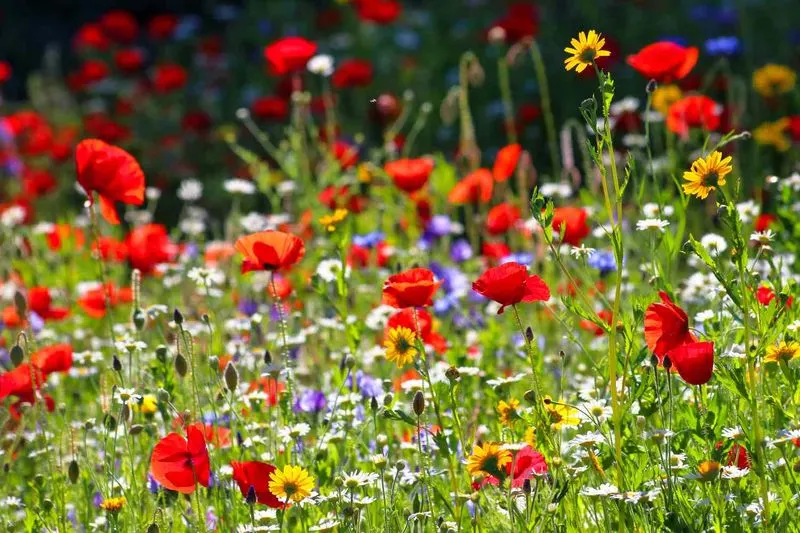
Wildflower meadows captured the free spirit of the 1970s, embracing a natural and unstructured approach to gardening. These expansive patches of native flowers offered a stark contrast to manicured lawns, celebrating biodiversity and ecological harmony. Allowing nature to take its course, gardeners planted seeds and let them flourish, creating vibrant tapestries of color.
These meadows supported local wildlife, attracting bees, butterflies, and birds. The concept was as much about conservation as it was about beauty, reflecting a growing awareness of environmental issues and the desire to protect natural habitats.
Garden Gazebos
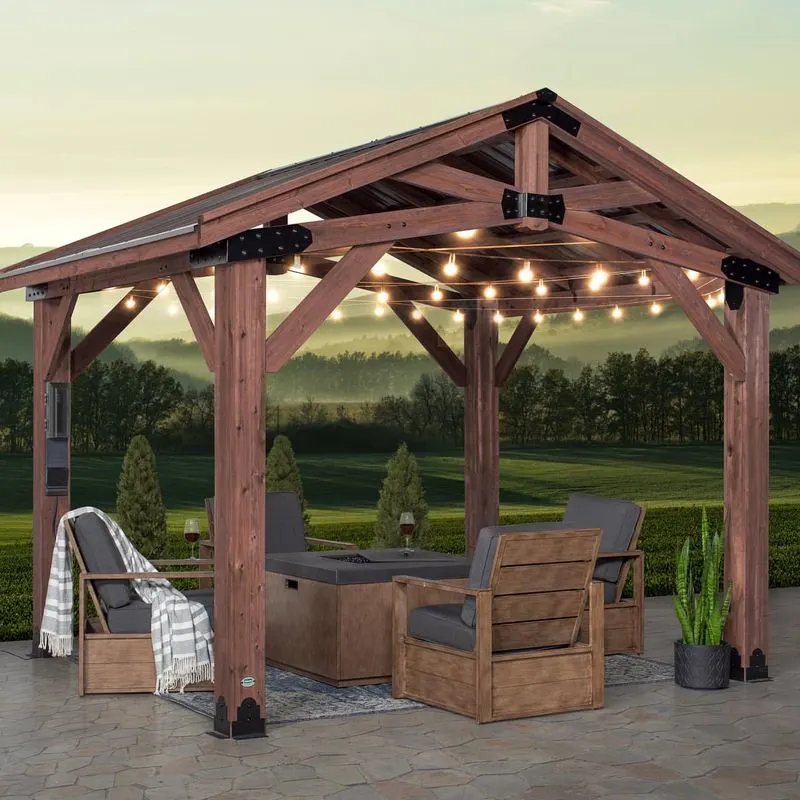
The 1970s saw the rise of garden gazebos as elegant focal points in outdoor spaces. These structures provided not only shade and shelter but also a sense of sophistication. Often crafted from wood with intricate latticework, gazebos became the perfect spot for relaxation and social gatherings.
Their design allowed for creativity, with climbing plants often encouraged to weave through beams, adding a touch of romance. Gazebos represented leisure and luxury, turning ordinary gardens into enchanting retreats where memories were made and cherished.
Vintage Birdbaths
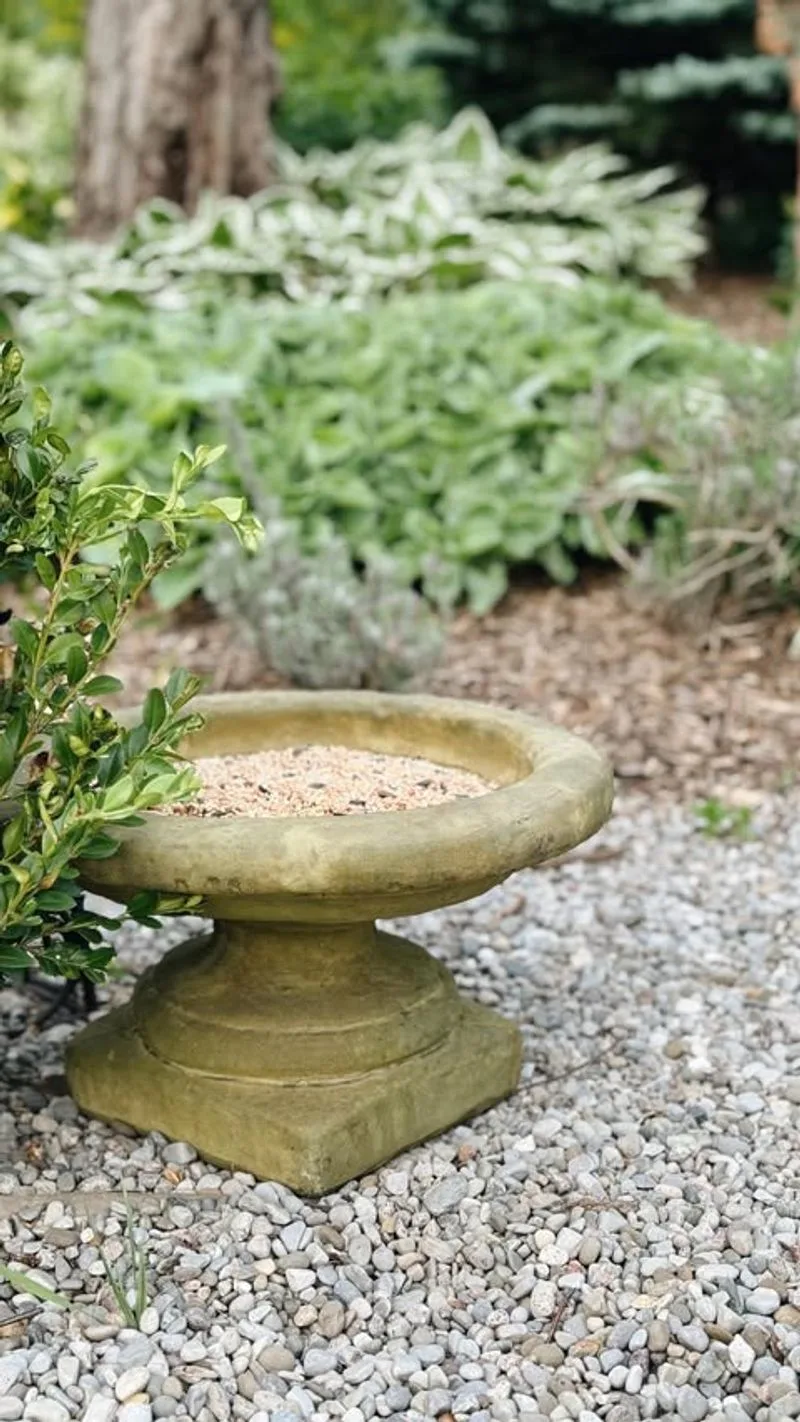
Birdbaths in the 1970s were not just functional; they were artistic centerpieces that attracted avian visitors. Often made from stone or metal, these structures featured intricate designs and motifs.
Placed strategically within gardens, birdbaths became lively gathering spots for birds, adding movement and life to still landscapes. The gentle ripple of water and the flutter of wings created a dynamic atmosphere, engaging all senses. These birdbaths symbolized a harmonious coexistence with nature, encouraging wildlife to thrive alongside human habitats.
Terracotta Pots
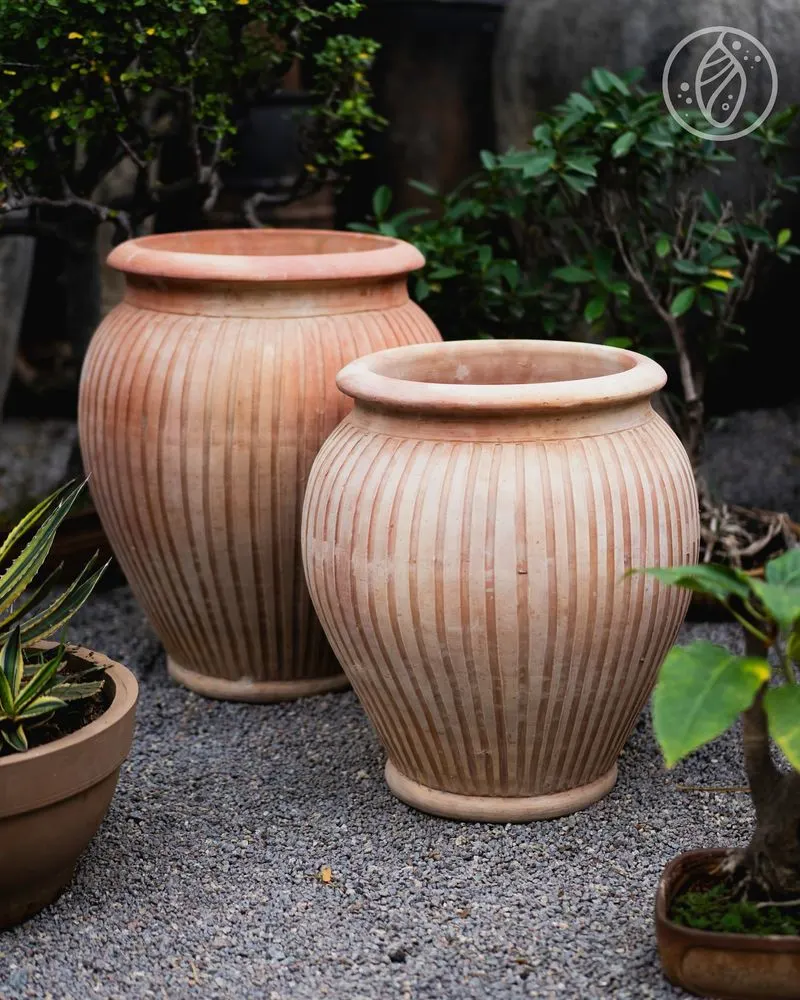
Terracotta pots were a staple in 1970s gardens, renowned for their earthy aesthetic and practicality. Their porous nature allowed for proper drainage and airflow, essential for healthy plant growth. These pots ranged in size and shape, providing versatile options for various plants.
Often grouped together, they created appealing displays on patios and balconies. The warm, reddish-brown hue of terracotta complemented greenery beautifully, enhancing the natural look of any garden. Today, their timeless appeal continues, proving that simplicity and functionality never go out of style.
Rock Gardens
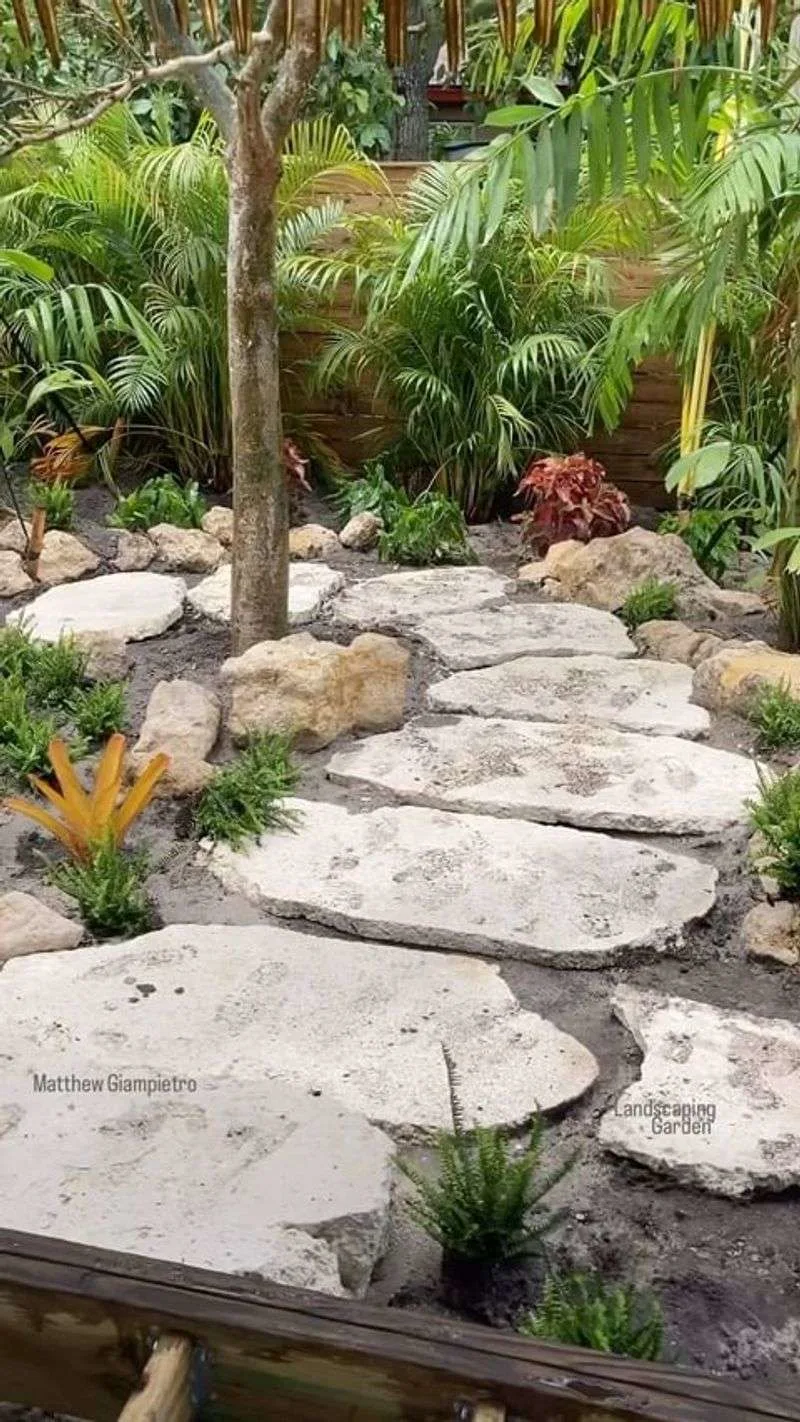
Rock gardens in the 1970s embraced simplicity and tranquility, inspired by traditional Japanese aesthetics. These gardens utilized natural stones and a selection of hardy plants to create serene and contemplative spaces.
The careful arrangement of rocks and gravel mimicked natural landscapes, offering a minimalist approach to gardening. This style emphasized balance and harmony, focusing on texture and form rather than color. Rock gardens provided a peaceful retreat, encouraging mindfulness and reflection. Their timeless design principles continue to inspire gardeners seeking to create calm and meditative environments.

